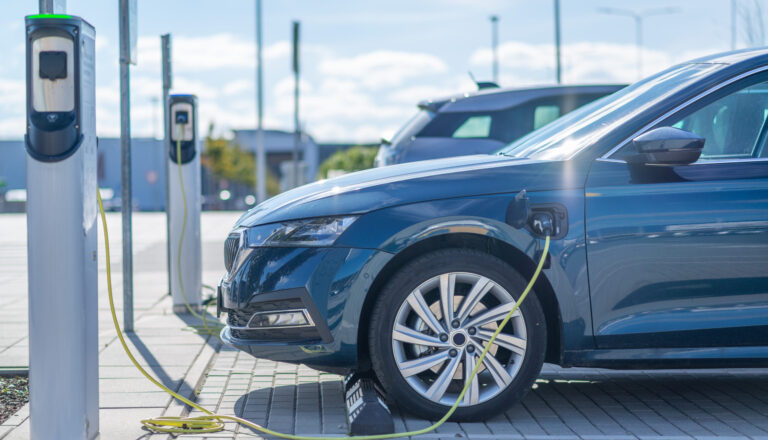To address the environmental impact of tire wear in electric vehicles, climate tech firm Levidian has suggested graphene as a sustainable solution to potentially change the sector’s approach to combatting water pollution and has called on manufacturers to support its R&D.
Early-stage research conducted by Levidian showcases promising results in leveraging high-quality graphene to mitigate environmental concerns linked to tire wear in EVs.
The heavier weight and greater torque of EVs has been shown to accelerate tire degradation, leading to increased rubber particulates that contaminate the environment. The widespread adoption of silica-filled compounds in tire treads, aimed at improving abrasion properties, can exacerbate the issue by causing faster migration of toxic anti-ozonant additives, particularly 6PPD.
Ellie Galanis, director of commercial development at Levidian, said, “We believe our graphene could be the game-changer the tire industry needs. Our preliminary research indicates that Levidian graphene could not only address the migration issue of existing and alternative, non-toxic anti-ozonants but also enhance mechanical performance without compromising on sustainability.”
The company’s patented LOOP technology makes use of methane to produce clean hydrogen and net-zero graphene. Levidian says that graphene has demonstrated the ability to positively influence degradation mechanisms and act as a crack propagation interrupter, which in turn has enhanced durability and mitigated flex fatigue.
Levidian’s graphene exhibits potential benefits across various aspects of the tire, including sidewalls and tread compounds. The company says the solution can not only address degradation challenges but also enhance rolling resistance and vehicle range.
Galanis added, “Partnerships are essential to drive innovation so we invite tire manufacturers and research institutions to collaborate with us in exploring the full potential of Levidian graphene.”
The company has been working with independent materials innovation experts at Avon Protection to assess the impact of graphene in a tire tread formulation, where positive findings have been obtained. Further work is now planned to look at applications in tire sidewall and inner liner, as well as other rubber formulations.



